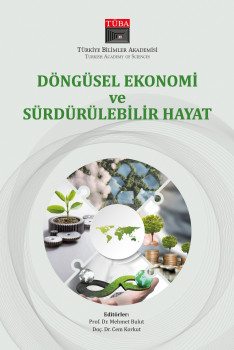The Role of Global Value Chains in Circular Economy

The Role of Global Value Chains in Circular Economy
With deepening global value chains (GVCs), countries have experienced significant changes in their production and trade patterns as well as the environmental cost associated with these actions. Targeting economic growth alone does not seem to be a sufficient goal anymore. While growth is taking place, ensuring development, improving its quality, and making growth sustainable should also be among the globally ultimate goals. To evaluate this, we first try to understand whether countries/sectors have succeeded in becoming part of the circular economy. We then analyze the determinants of circularity of sectors by employing country and sector level variables. To this end, we focus on the forward linkages of sectors within the framework of life cycle assessment, using the global multi-regional input-output tables and decomposition analysis for the period 1990-2015. Our estimation results indicate that while the forward GVC participation of high-income countries is more likely to raise their greenhouse emission intensity; the involvement of upper-middle, lower-middle, and low- income countries into global value sharing activities is more likely to improve the air quality owing to higher environmental regulations in the international markets. The results which are mainly driven by lower-middle and low level of income countries reveal that an increase in the forward GVC participation is likely to decrease renewable energy consumption. Although the conclusions regarding country level control variables do not significantly vary within country and sector groups, the effects of sectoral variables vary significantly. Therefore, the sectoral determinants should be carefully evaluated by the policy makers to efficiently deal with environmental issues and achieve greener economic growth.
